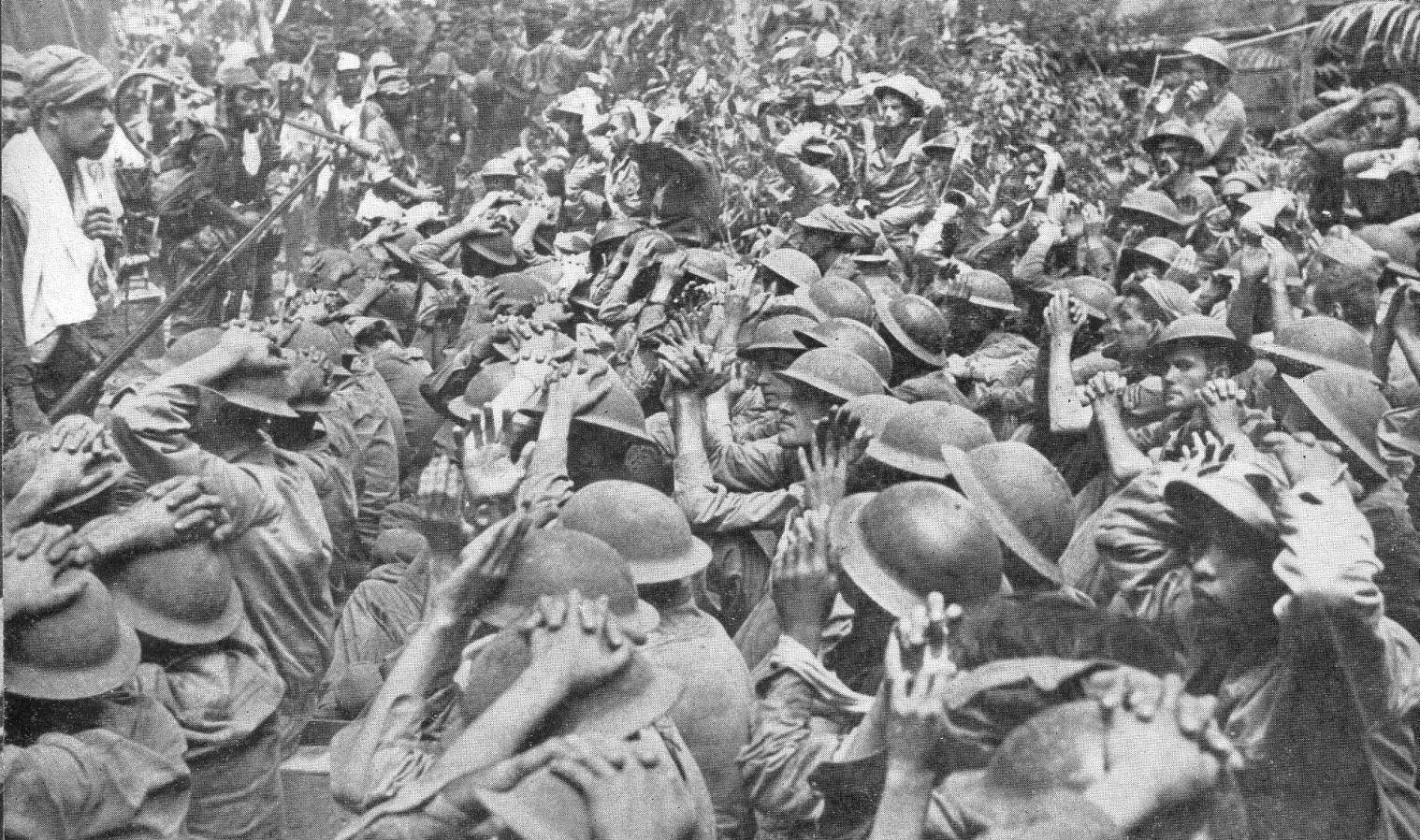
Japanese Invasion of the Philippines
One of the worst military defeats in US history
8 December 1941 - 8 May 1942
This award was intended not so much for me personally as it is a recognition of the indomitable courage of the gallant army which it was my honor to command. - General Douglas MacArthur, upon receiving the Medal of Honor for his defence of the Philippines.
The Japanese invasion of the Philippines was launched by the Empire of Japan as part of their widespread offensive campaign to conquer Southeast Asia in 1941-42. The islands were defended by Filipino forces and the United States, and the conquest of the Philippines is considered by some to be the worst military defeat in the history of the US.
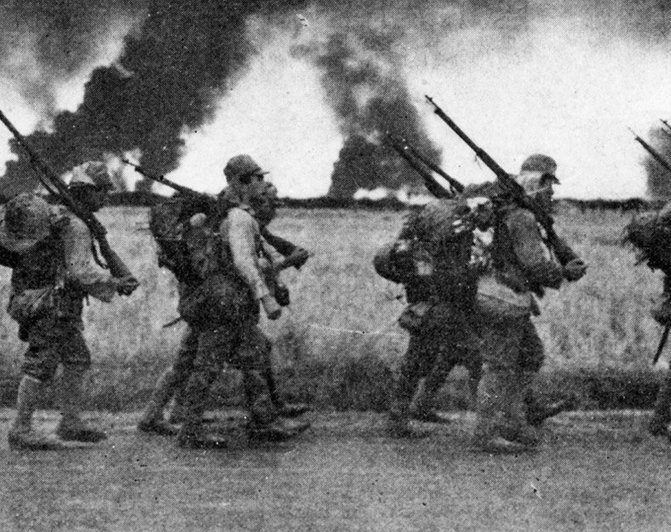
1 of 4
In the beginning of the campaign the Japanese bombed the American planes at Clark Field and staged several landings across the Philippines. Unable to defend the landing points, the American and Filipino forces started to withdraw towards the Bataan Peninsula.
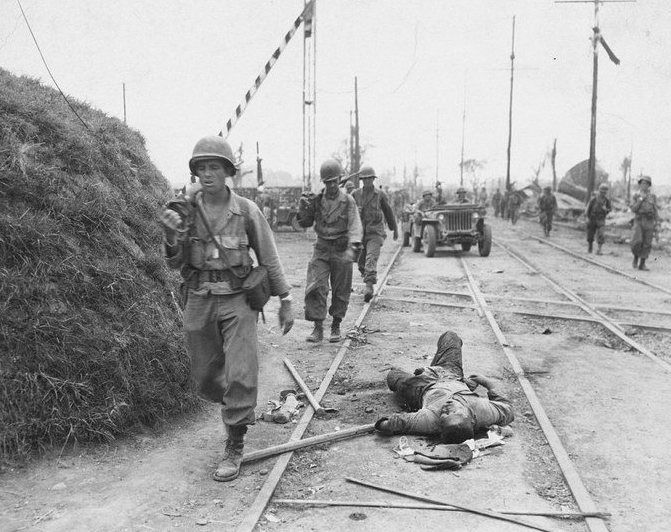
2 of 4
The first major Japanese attacks on the American-Filipino forces in Bataan forced a retreat to the main defensive line across the peninsula, called the Bagoc-Orion line after towns on the western and eastern coasts of the Bataan peninsula. Their attack on that line was defeated with heavy losses to the Japanese, and the attempts of the latter to land at points on the southwest coast of Bataan were also beaten off.
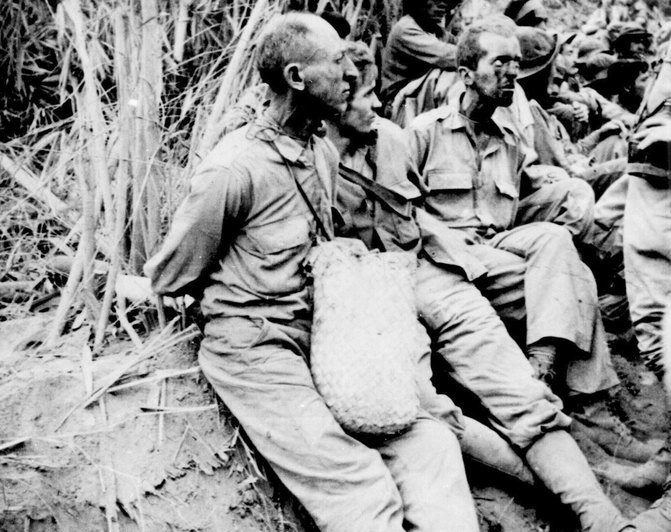
3 of 4
After the first battles in January there followed two months of stalemate in Bataan during which the Japanese rebuilt their forces and the American and Filipino soldiers wasted away from hunger and disease, while the desperate efforts directed from Washington to send supplies through to the doomed garrison produced a mere trickle in the face of distance, shortages and the Japanese.
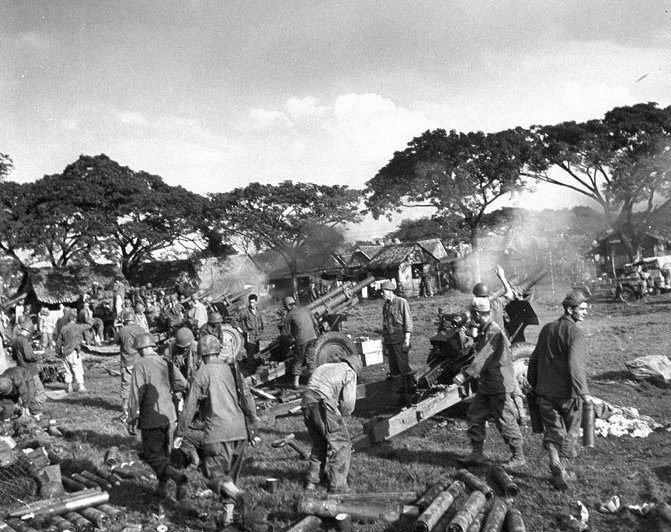
4 of 4
Somehow the 2,000 who had made it to Corregidor managed to hold out for a further twenty-seven days after Bataan’s surrender. Its headquarters and hospital, located in caves, survived the fifty-three air raids directed against it. With malaria rife, and only three days’ supply of water left, the garrison finally surrendered.
The Japanese planned to knock out American air and naval power in the Philippines, correctly believed to be concentrated on the large northern island of Luzon, to land two divisions on that island to seize air bases on it, and then to crush the remaining American and Filipino army units in a short campaign on Luzon, on the large southern island of Mindanao and on several of the other islands. The naval and air bases in the Philippines could thereafter be utilized for the invasion of the Dutch East Indies in which, it was anticipated, many of the Japanese units involved in the Philippine operation would themselves also participate.
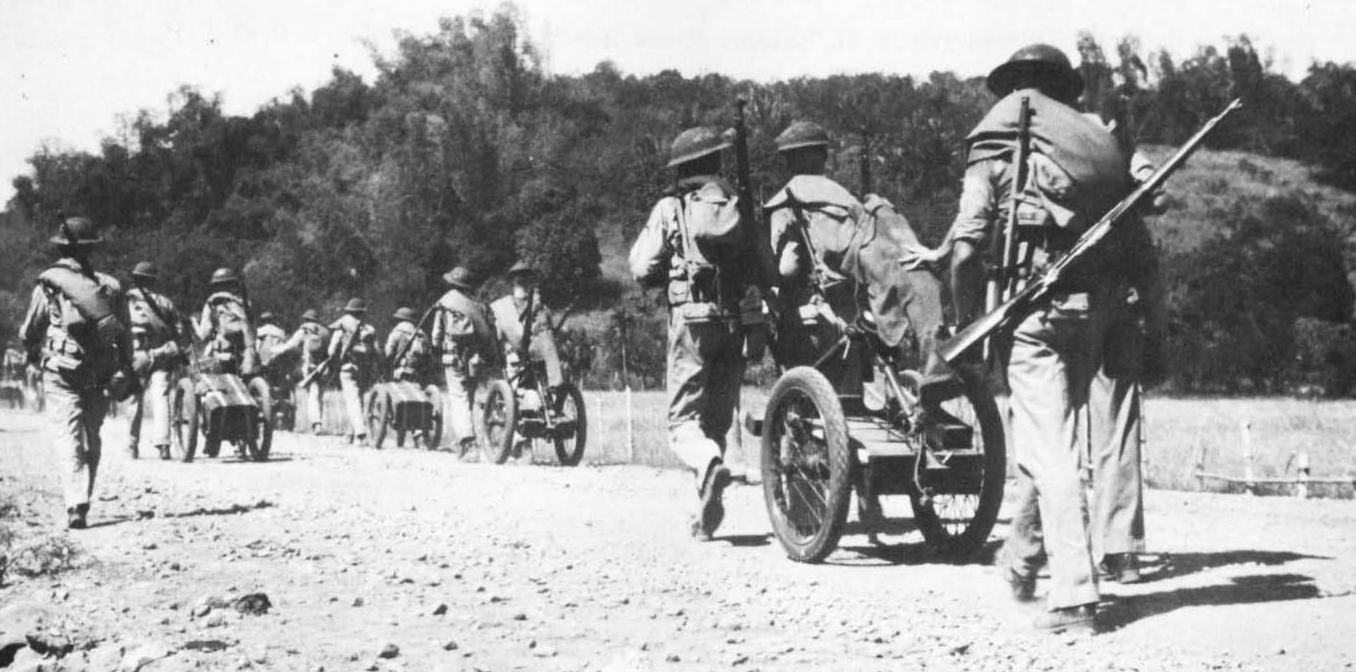
1 of 1
The IJA Headquarters in Tokyo judged the American situation so hopeless that it withdrew the veteran 48th Division for operations in the Dutch East Indies, replacing it with a brigade of reservists. Lt. Gen. Masaharu Homma’s army remained at around half the size of General Douglas MacArthur’s force.

Battle of the Philippine Sea
During the battle of the Philippine Sea the US Navy inflicted a devastating defeat on the Imperial Japanese Navy. It was the largest carrier to carrier battle in history.
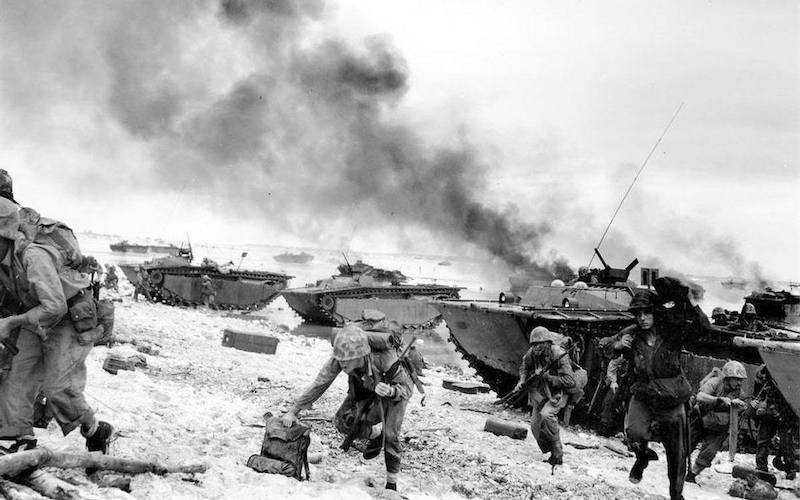
Philippines Campaign
By 1944, after 2 years of Japanese occupation, the Philippines again became a theater of war as American and Filipino forces under the command of Douglas MacArthur staged an amphibious invasion of the island of Leyte. Imperial Japan surrendered after the atomic bombings of Hiroshima and Nagasaki.
- Andrew Roberts, The Storm of War: A new history of the Second World War, Penguin Books, London, 2009
- Gerhard L. Weinberg, A World at Arms A Global History of World War Two, Cambridge University Press, Cambridge, 1994
- Williamson Murray, Allan R. Millett, A War To Be Won Fighting the Second World War, Belknap Press, Cambridge, Massachusetts, 2000
- Max Hastings, All Hell Let Loose: The World at War 1939-45, HarperCollins Publishers, London 2011





